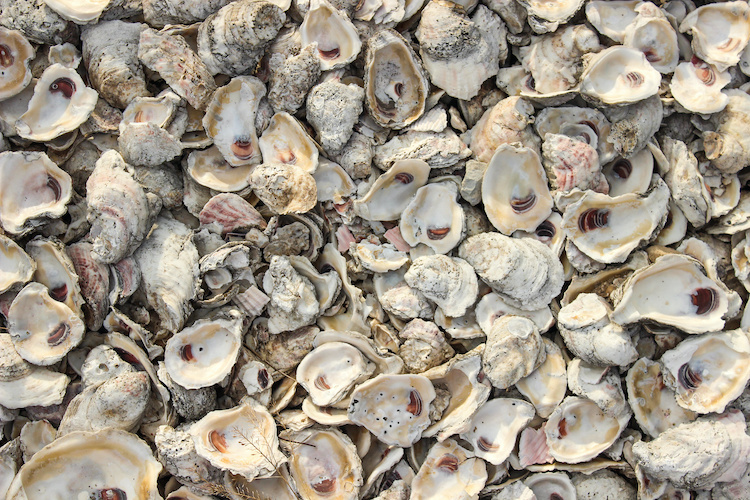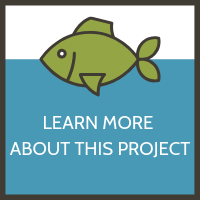
By Alaina Dismukes
Oysters are an excellent source of iron and zinc, and women in low- and middle-income countries are often deficient in these two essential micronutrients. That is why Brietta Oaks, assistant professor of Nutrition and Food Sciences at the University of Rhode Island (URI), decided to take part and lead a project focused on this popular shellfish with the Feed the Future Innovation Lab for Fish.
“For several years now, I have been interested in oysters as a food that could possibly play a larger role in addressing key micronutrient deficiencies of concern in global nutrition,” Oaks said. “I have worked in nutrition research in Ghana for over 10 years, and when I joined URI a few years ago, I discovered the URI Coastal Resources Center had a history of fisheries research and projects in Ghana.”
After Oaks expressed her interest in oysters to the Coastal Resources Center, they informed her of an oyster harvesting community in Ghana they had contact with and invited her to join their next trip.
“This led to me conducting a pilot study on oyster consumption and anemia in the community in Ghana, which served as a steppingstone to this larger research project with the Fish Innovation Lab,” she said.
The Fish Innovation Lab project, called “Micronutrient Impact of Oysters in the Diet of Women Shellfishers,” aims to determine how much oysters contribute to iron and zinc in the diet of women shellfishers as well as inspect the possibility of heavy metal contamination.
The team believes heavy metal contamination of oysters, such as mercury and cadmium, is possible among women shellfishers since oysters are their primary source of iron and zinc. However, it is important to determine if this is the case because common sustainable management practices – such as closed seasons on oyster harvesting – could temporarily remove oysters from the diet of these women, leading to a micronutrient deficient diet.
Additionally, good management practices can also ensure that oysters’ micronutrients are available over the long run.
“Studies often look at either nutrition or heavy metal contamination, but it is rare to see them presented together,” Oaks said. “This research will provide a more comprehensive picture of the health implications of oyster consumption by measuring both the heavy metal content and the nutritional benefit of oysters.
“We need to know whether oysters are a safe food to promote or if heavy metal contamination is an issue, so this is an important aspect within our research to have these two components.”
While the project is in the beginning stages, one development, with the core research team, includes an upcoming panel presentation at a conference in October.
“We recently found out our proposed panel presentation has been accepted for the Cultivating Equality Conference,” Oaks said. “We are excited for the opportunity to share our project activities with a larger crowd so early in the research.
“We hope this research will serve as a useful resource for health and food security decision making for local, regional, and national public health specialists.”
Published July 9, 2021

